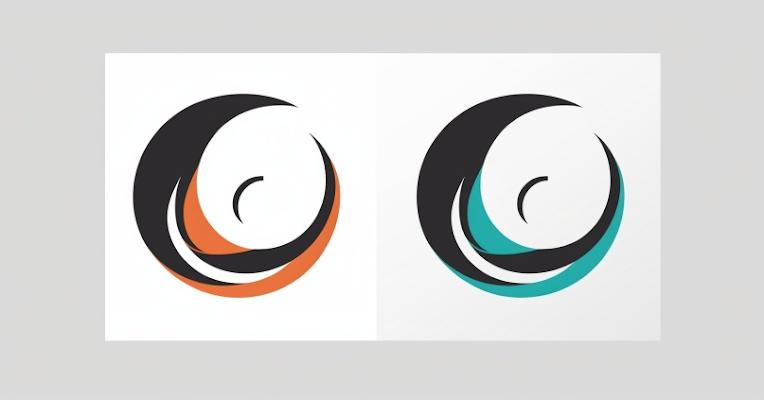In today’s digital age, a well-designed logo is a crucial element for any business or brand. It serves as the visual representation of your company and can make a lasting impression on potential customers. Fortunately, with the advent of online tools and resources, designing logos has become more accessible than ever. This article will guide you through the art of designing logos online, providing you with a step-by-step approach to create a memorable and impactful logo for your brand.
Step 1: Define Your Brand Identity
Before you start designing a logo, it’s essential to have a clear understanding of your brand identity. Ask yourself questions like:
- What is the core message and values of your brand?
- Who is your target audience?
- What makes your brand unique compared to competitors?
By defining your brand identity, you’ll have a solid foundation to build upon when designing your logo.
Step 2: Research and Inspiration
To create a unique and effective logo, you need to gather inspiration. Explore the logos of successful brands in your industry and beyond. Take note of what works and what doesn’t. Look for design trends and identify elements that resonate with your brand identity. Explore endless design possibilities and make a logo that truly speaks to your brand
Step 3: Choose the Right Logo Type
There are various types of logos, each with its own strengths and purposes. The main logo types include:
- Wordmark: Uses the brand’s name as the primary element.
- Lettermark: Utilizes initials or abbreviations.
- Pictorial Mark: Incorporates a symbol or icon.
- Abstract Mark: Uses an abstract design to represent the brand.
- Combination Mark: Combines text and an icon.
Select the type of logo that aligns with your brand’s identity and objectives.
Step 4: Sketch Your Ideas
Before diving into digital design, start by sketching your ideas on paper. This allows you to explore different concepts and layouts without the constraints of software. Sketch multiple variations of your logo to see which one resonates best with your brand.
Step 5: Choose the Right Design Software
Once you’ve refined your sketches, it’s time to bring your logo to life using design software. There are several online tools available for logo design, including Adobe Illustrator, Turbologo, and LogoMakr. Choose a platform that you are comfortable with and that suits your design needs.
Step 6: Create Your Logo
Start by creating the basic elements of your logo, whether it’s text, shapes, or icons. Pay close attention to color, typography, and spacing. Experiment with different combinations until you find the right balance that reflects your brand identity.
Step 7: Test and Refine
After creating your logo, test it in various contexts, such as business cards, websites, and social media profiles. Ensure that it looks good in both small and large sizes. Solicit feedback from colleagues, friends, and even potential customers. Use this feedback to refine your design further.
Step 8: Finalize and Save
Once you are satisfied with your logo, finalize the design and save it in various formats (e.g., PNG, JPEG, vector formats). This ensures that you have the flexibility to use your logo across different media.
Conclusion
Designing a logo online is a creative process that requires careful consideration of your brand identity and target audience. By following this step-by-step approach, you can create a logo that effectively represents your brand and leaves a lasting impression on your customers. Remember that a well-designed logo is an investment in your brand’s success, so take your time, and don’t be afraid to iterate until you achieve the perfect design.

